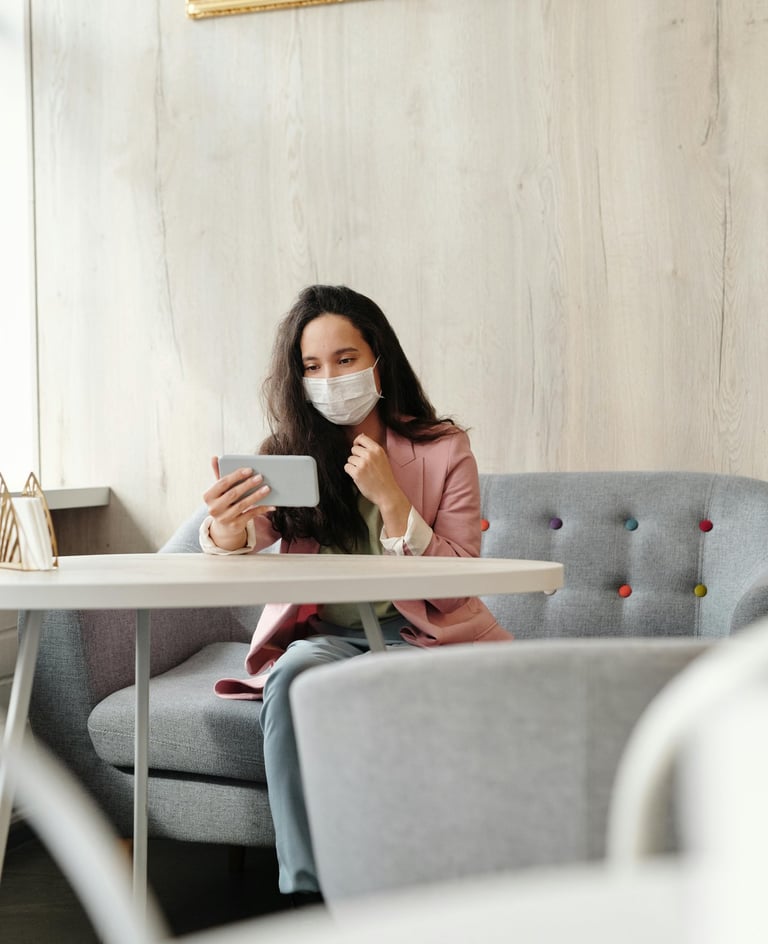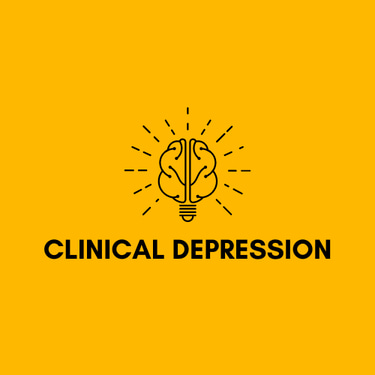For Questions: Text (833)233-0869
Anxiety Treatment via Telehealth: A Comprehensive Guide


In today's fast-paced world, anxiety and depression have become increasingly prevalent. The World Health Organization estimates that nearly 264 million people globally suffer from anxiety disorders, and the numbers continue to rise. With the advent of technology, mental health treatment has become more accessible, and telehealth is emerging as a powerful tool in managing anxiety and depression. This article will delve into the benefits, effectiveness, and considerations of anxiety treatment via telehealth, providing you with a comprehensive understanding of this innovative approach.
What Is Telehealth?
Telehealth refers to the use of digital communication technologies such as video conferencing, phone calls, and online messaging to deliver healthcare services remotely. This form of healthcare has grown in popularity, especially during the COVID-19 pandemic, as it offers convenience and accessibility. In the context of mental health, telehealth allows patients to receive therapy, counseling, and medication management without having to visit a clinic physically.
Why Telehealth for Anxiety Treatment?
Anxiety disorders, which include generalized anxiety disorder (GAD), social anxiety disorder, panic disorder, and others, can significantly affect a person's daily life. Traditional therapy methods often require patients to visit a therapist's office regularly. However, many individuals with anxiety may find it challenging to attend in-person appointments due to time constraints, location issues, or even anxiety about leaving their home.
Telehealth offers a solution to these barriers by allowing patients to access therapy from the comfort of their homes. This approach can be particularly beneficial for those with severe anxiety, social anxiety, or agoraphobia, as it eliminates the stress of traveling to an appointment.
The Benefits of Anxiety Treatment via Telehealth
Convenience and Accessibility: Telehealth breaks down geographical barriers, making mental health services accessible to people living in remote areas or those with limited transportation options. It also eliminates the need for travel time, allowing patients to fit therapy sessions into their busy schedules.
Comfort and Privacy: For many people with anxiety, the thought of sitting in a therapist's office can be intimidating. Telehealth allows patients to receive treatment in a familiar and comfortable environment, which can reduce stress and encourage open communication. Additionally, telehealth sessions can be conducted in private, eliminating concerns about being seen entering or leaving a therapy clinic.
Affordability: Telehealth services are often more affordable than traditional in-person therapy. The reduction in overhead costs for providers, such as rent for office space, can translate to lower fees for patients. Additionally, the elimination of travel expenses further reduces the overall cost of treatment.
Flexibility: Telehealth allows for more flexible scheduling, making it easier for patients to find appointment times that fit their lifestyles. This flexibility can be particularly beneficial for individuals who work irregular hours or have caregiving responsibilities.
Continuity of Care: For patients who move or travel frequently, telehealth ensures that they can continue receiving consistent care from their preferred therapist, regardless of their location.
Immediate Support: Telehealth platforms often offer the option for patients to receive care more quickly, including access to therapists and psychiatrists on short notice. This immediate access can be crucial for managing acute anxiety episodes.
How Effective Is Anxiety Treatment via Telehealth?
Research has shown that telehealth can be just as effective as in-person therapy for treating anxiety and depression. A study published in the Journal of Affective Disorders found that teletherapy was equally effective as face-to-face therapy for reducing symptoms of anxiety and depression. Another study in the Journal of Anxiety Disorders concluded that cognitive-behavioral therapy (CBT) delivered via telehealth was just as successful as in-person CBT for treating anxiety disorders.
Telehealth's effectiveness is partly due to the similar treatment methods used in both in-person and virtual settings. Therapists can utilize evidence-based techniques such as CBT, mindfulness, and exposure therapy during telehealth sessions, ensuring that patients receive high-quality care.
Types of Anxiety Treatments via Telehealth
Telehealth offers a wide range of treatments for anxiety, including:
Cognitive-Behavioral Therapy (CBT): CBT is one of the most effective treatments for anxiety disorders. Through telehealth, therapists can guide patients in identifying negative thought patterns and developing healthier coping mechanisms.
Mindfulness-Based Therapy: Mindfulness techniques, such as meditation and breathing exercises, can help individuals manage anxiety by staying grounded in the present moment. Telehealth allows therapists to teach and guide these practices remotely.
Medication Management: For those who require medication to manage their anxiety, telehealth provides a convenient way to consult with psychiatrists or primary care physicians. Through virtual appointments, doctors can prescribe and monitor medications, making adjustments as needed.
Group Therapy: Telehealth platforms often offer virtual group therapy sessions, where individuals with similar experiences can connect and support each other. Group therapy can be particularly beneficial for those with social anxiety, as it provides a safe space to practice social interactions.
Psychoeducation: Educating patients about anxiety, its causes, and how to manage it is an essential component of treatment. Telehealth allows therapists to provide psychoeducation through webinars, video sessions, and online resources.
Exposure Therapy: This therapy involves gradual exposure to anxiety-provoking situations to reduce fear over time. Through telehealth, therapists can guide patients through exposure exercises and monitor their progress remotely.
Considerations for Anxiety Treatment via Telehealth
While telehealth offers numerous benefits, it's essential to consider a few factors when seeking anxiety treatment via this method:
Technology Requirements: Access to reliable internet and a device with a camera and microphone is necessary for telehealth sessions. Technical issues, such as poor internet connectivity, can disrupt therapy sessions.
Privacy Concerns: Patients must ensure that they have a private space for telehealth sessions to maintain confidentiality. It's also important to choose a secure telehealth platform that complies with HIPAA regulations to protect personal information.
Personal Preferences: Some individuals may prefer in-person therapy over virtual sessions. It's essential to consider personal comfort levels with telehealth and discuss any concerns with the therapist.
Severity of Symptoms: While telehealth can be effective for many people, those with severe anxiety or depression may require more intensive treatment, such as inpatient care. It's crucial to assess the severity of symptoms and determine whether telehealth is the appropriate level of care.
Insurance Coverage: Not all insurance plans cover telehealth services for mental health. It's important to check with your insurance provider to understand coverage and any potential out-of-pocket costs.
How to Get Started with Anxiety Treatment via Telehealth
If you're considering telehealth for anxiety treatment, here are some steps to get started:
Research Telehealth Providers: Look for licensed therapists, counselors, or psychiatrists who specialize in anxiety treatment. Many telehealth platforms allow you to search for providers based on your specific needs and preferences.
Check Insurance Coverage: Verify that your insurance covers telehealth services. If not, inquire about self-pay options and compare costs across different platforms.
Prepare for Your Sessions: Set up a private, comfortable space for your telehealth sessions. Ensure that your technology is working correctly, and minimize distractions during your appointment.
Communicate with Your Therapist: Be open with your therapist about your goals, concerns, and any challenges you're facing. Effective communication is key to successful treatment.
Stay Consistent: Like in-person therapy, consistency is essential for progress. Attend your telehealth sessions regularly and apply the skills you learn in your daily life.
Conclusion
Anxiety treatment via telehealth is a convenient, accessible, and effective option for managing anxiety disorders. Whether you're dealing with generalized anxiety, panic attacks, or social anxiety, telehealth provides a flexible and private way to receive the care you need. By understanding the benefits and considerations of telehealth, you can make informed decisions about your mental health treatment and take steps toward a healthier, more balanced life.
©2025
Clinical Depression
For Questions: Text
(833) 233-0869
